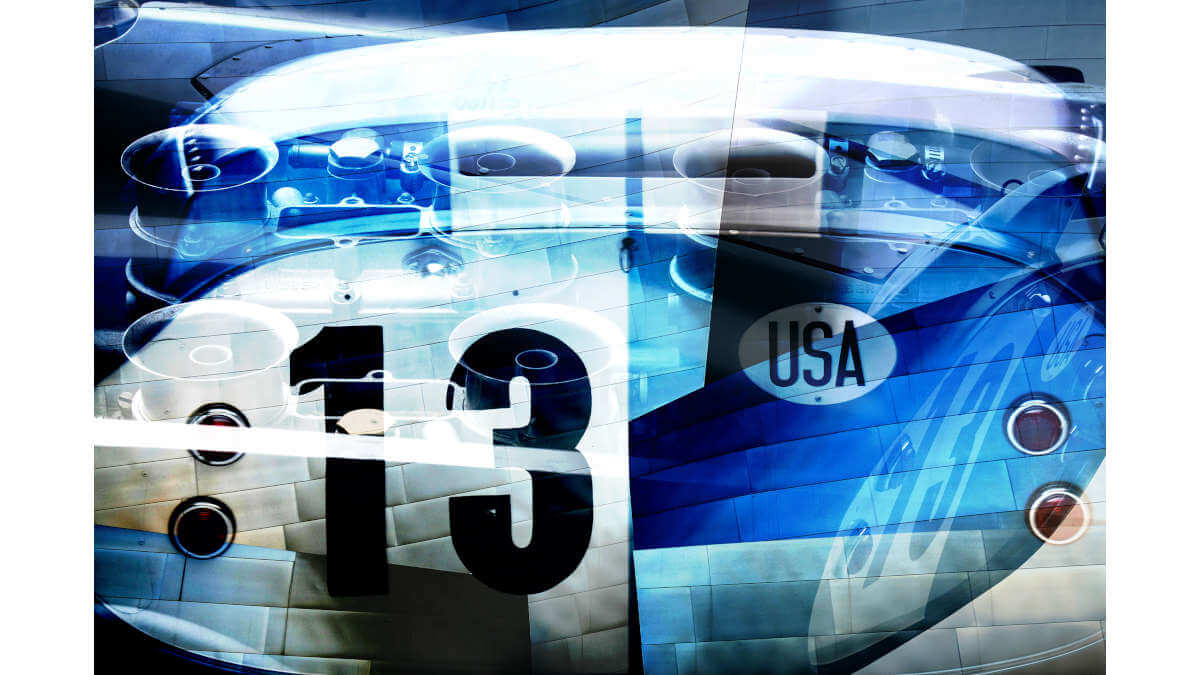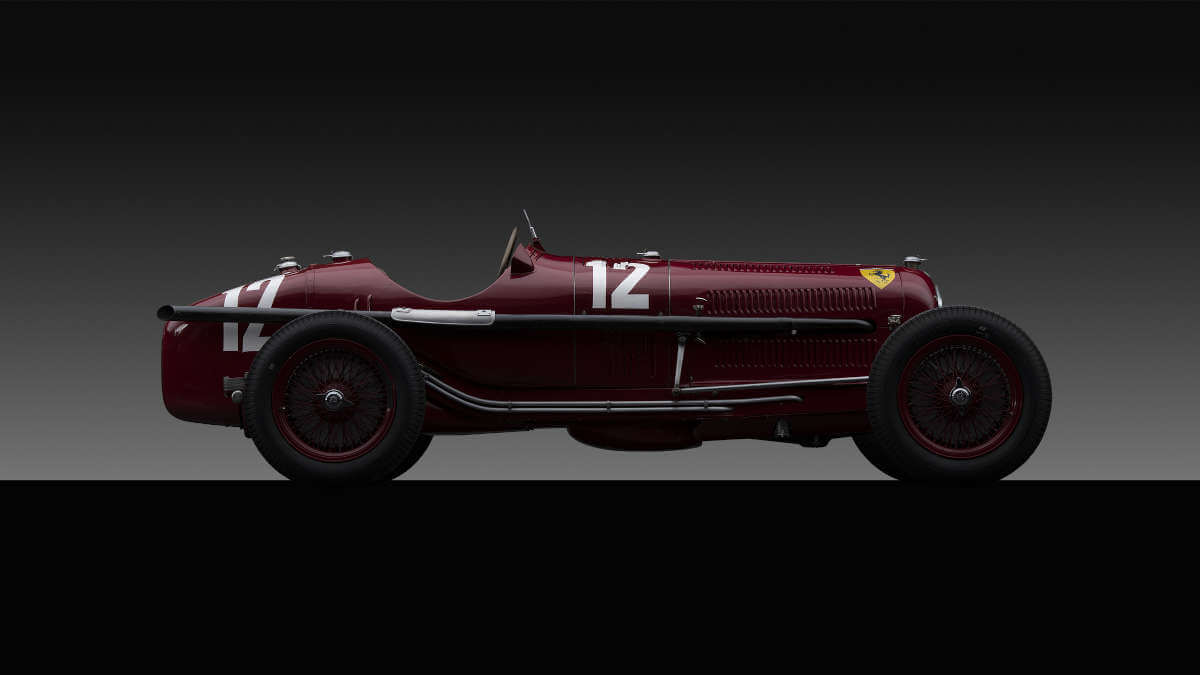Automotive Art 26 – Porsche 917/30
Ever heard of the wildest Porsche race car, the 917/30? In qualifying the power could be turned up to 1,500 hp. It dominated the CanAm series in North America and was the final version of the 917.
Welcome back to a new part of our monthly Automotive Art section with photographer and light artisan Bill Pack. He puts a special spotlight onto the design of classic and vintage cars and explains his interpretation of the styling ideas with some interesting pictures he took in his own style.
Into The Mind Of The Designer – by Bill Pack
It is easy to learn lots of facts and information about any automotive designer. We learn what great shops they worked for, what model of cars they designed and the innovations they have brought to the industry. We know about them, but we do not know them. With my imagery I attempted to get into the soul and spirit of the designer. By concentrating on specific parts of the car and using my lighting technique, I attempt to highlight the emotional lines of the designer.
1973 Porsche 917/30 – Designed by Hans Mezger
A Moveable Feast – I have had the rare privilege of being commissioned by the Phoenix Art Museum to travel the United States and create my Automotive Art Imagery for the exhibition, “Legends of Speed”. This exhibition ran through March 15, 2020 and featured 22 iconic race cars. It spanned the years 1911 through 1978.
Each car has been driven in significant races by iconic drivers. From Sir Stirling Moss to Dan Gurney and Mario Andretti, racing from Le Mans, Indianapolis 500 to the Italian Gran Prix and many more. The history is rich and storied.
My part of the story was a twelve thousand mile Gran Turismo that took me to all four corners of the Unites States into some of the most coveted and significant private collections in the world.
One of these destinations was a western state where I spent the day with the infamous “Can-Am Killer”, the 1973 Porsche 917/30. As I was creating my imagery, I could not help but think about what the other race drivers on the Can Am series thought when they saw Mark Donohue rapidly approaching. This car is massive and powerful, even when standing still. Hans Mezger truly created the holy grail of racing cars.
November 18, 1929 on the outskirts of Stuttgart near the small village of Ludwigsburg, Hans Mezger was born. He was the youngest of five children and his parents ran a country inn. “Almost everyone in our family had a talent for painting and played a musical instrument,” said Mezger, looking back on his childhood and youth. “I found life exciting and attended elementary school. I was interested in becoming all kinds of things, from a musician to a physicist.”
His true passion was for aviation, but world events of the time changed the direction of Mezger’s career. He diverted his studies towards mechanical engineering at the Technical University, now the University of Stuttgart, and found mathematics particularly easy.
Upon graduation Mezger had his sights on Porsche and there were a flood of job offers, “There were 28,” he once said, “but Porsche was not one of them. I wanted to join Porsche, because their Type 356 sports car inspired me. So I applied, was invited, and the company offered me a job in tractor development. But I envisioned working on sports and race cars. Fortunately, that worked out in the end, and I started in the calculation department at Porsche.”
He gained his first experience with the four-camshaft engine, developed a formula for calculating cam profiles and became part of Porsche’s first Formula One project in 1960. By 1965 he was promoted as the head of the racing development department created by Ferdinand Piëch. By 1970 his 917 designs won Porsche its first overall win at Le Mans.
With further refinements to the front end, a longer wheel base, wider track and with turbocharging the beast was born in 1973. Mark Donohue said: “At this time there is nothing in the world any quicker, any better handling, any more advanced technically, or any more fun to drive. It is, to me, the perfect race car”, discussing the beauty of the Porsche 917/30 Can-Am Spyder.
In this collection of images discover the lines of raw power and innovation, that resided in the creative mind of Hans Mezger.
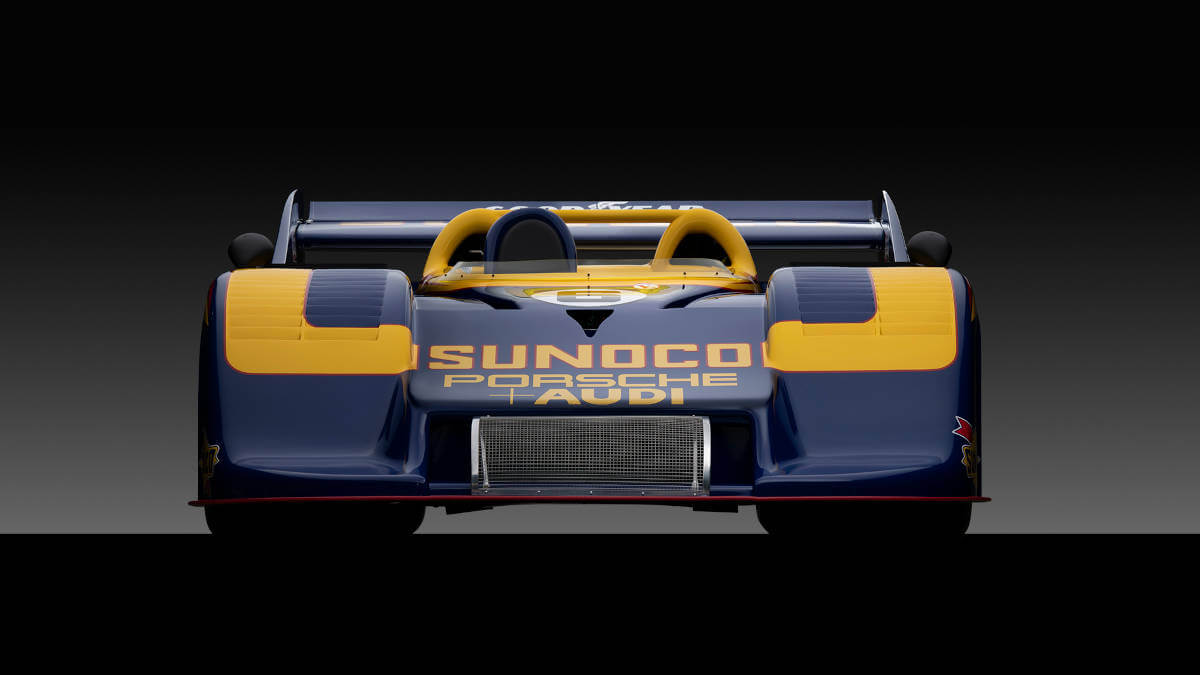



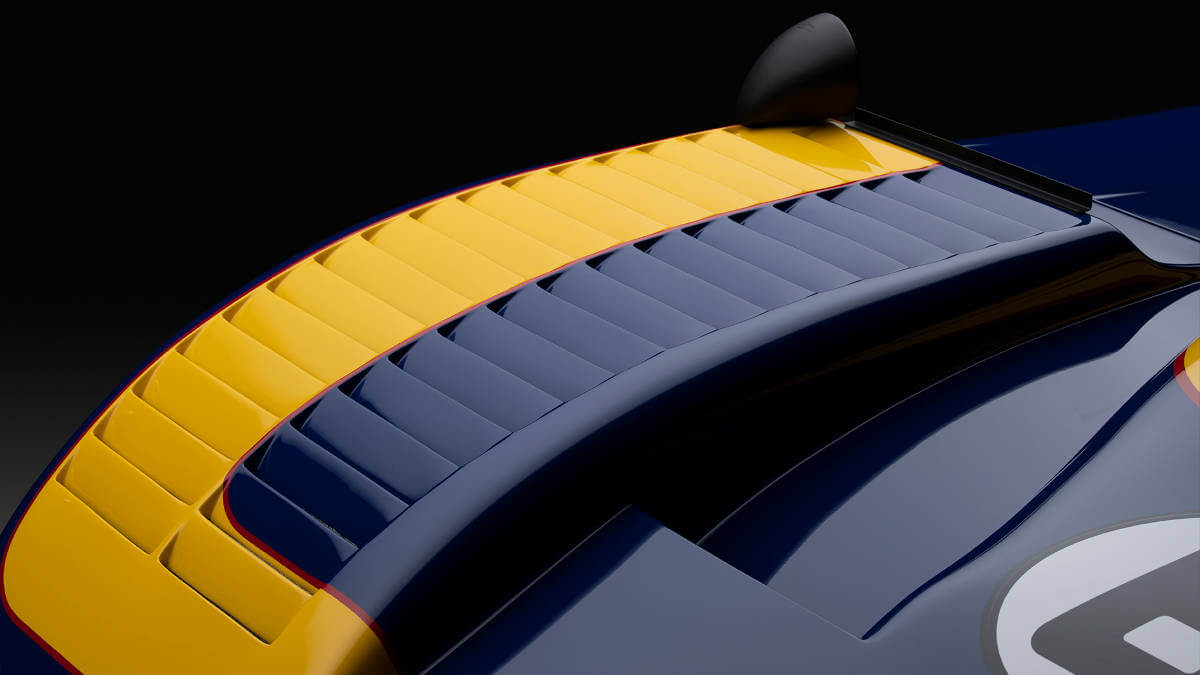



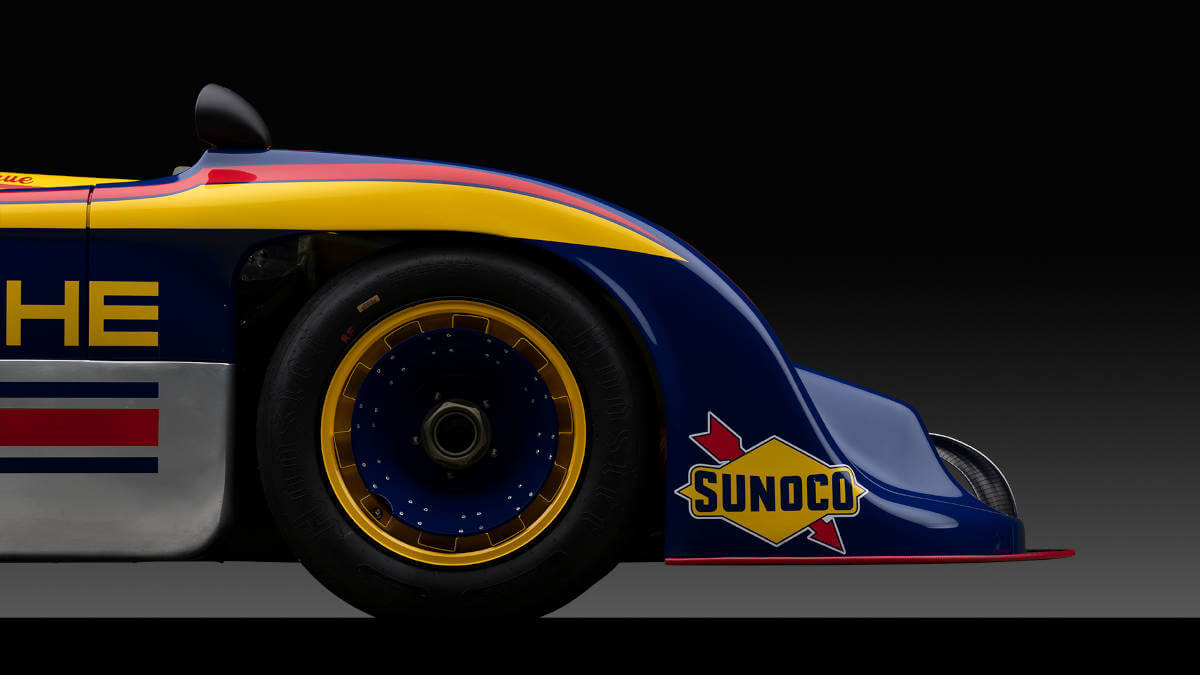



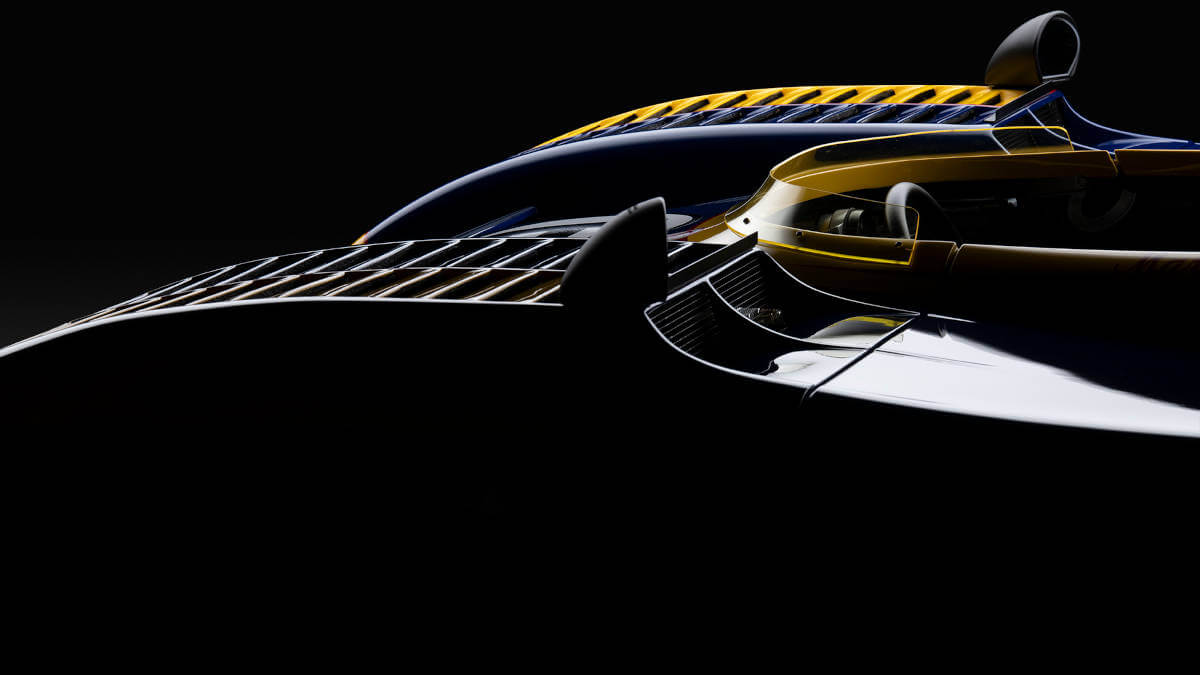



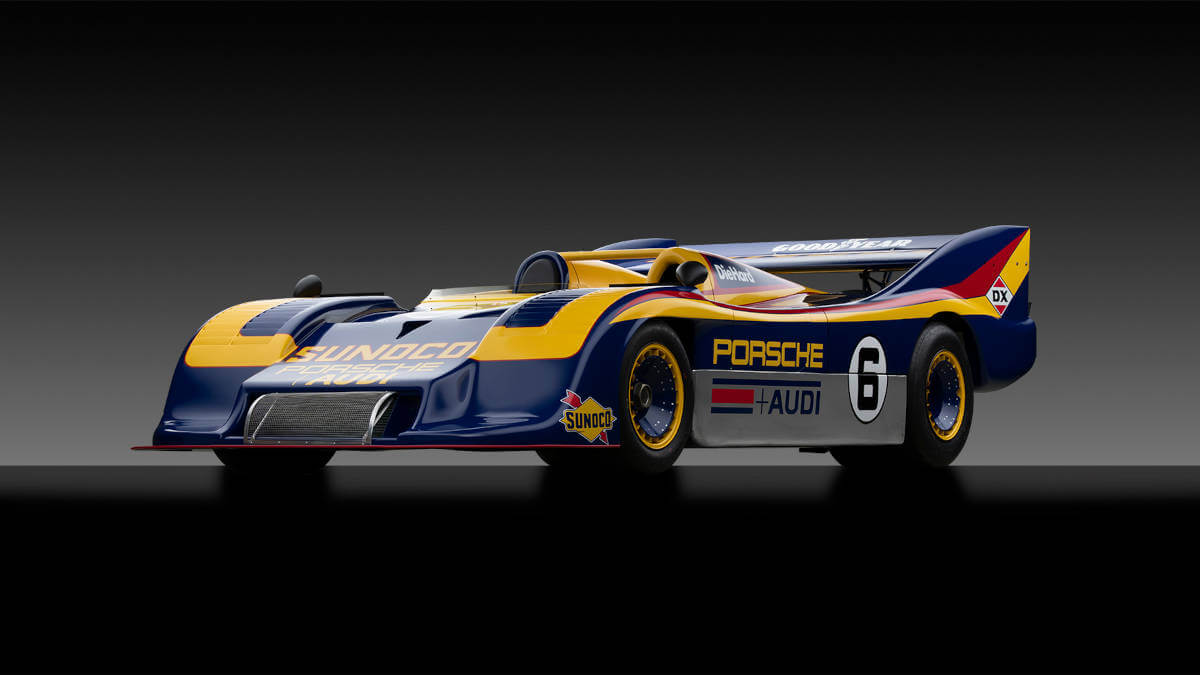



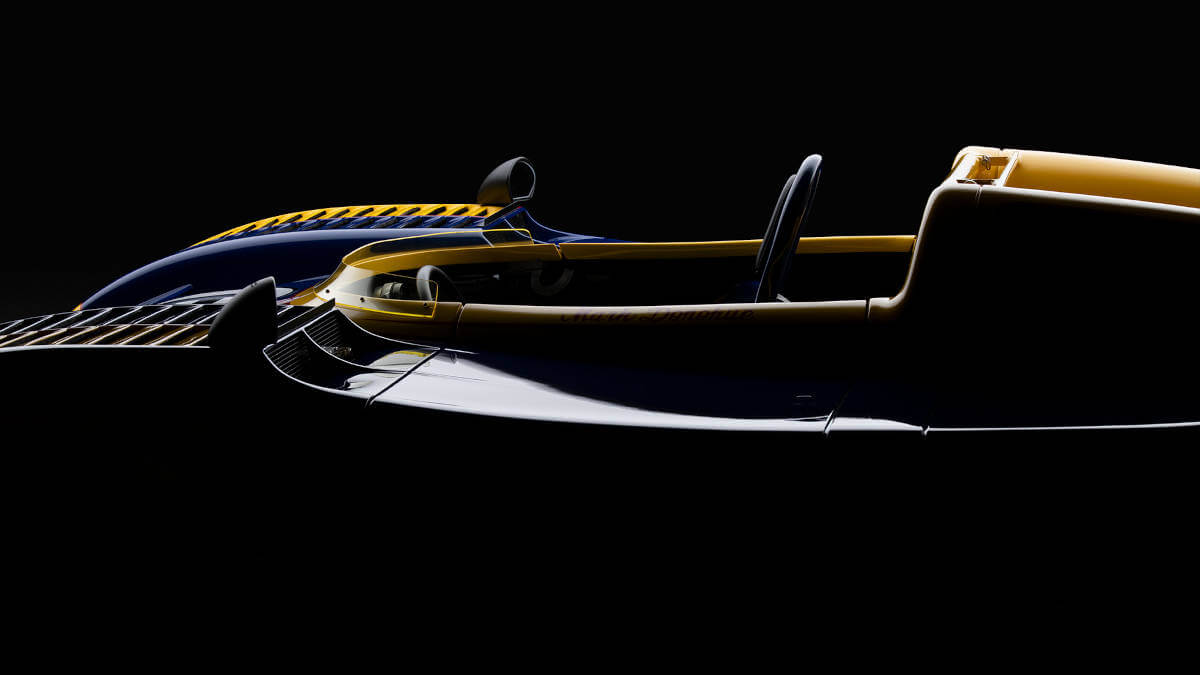



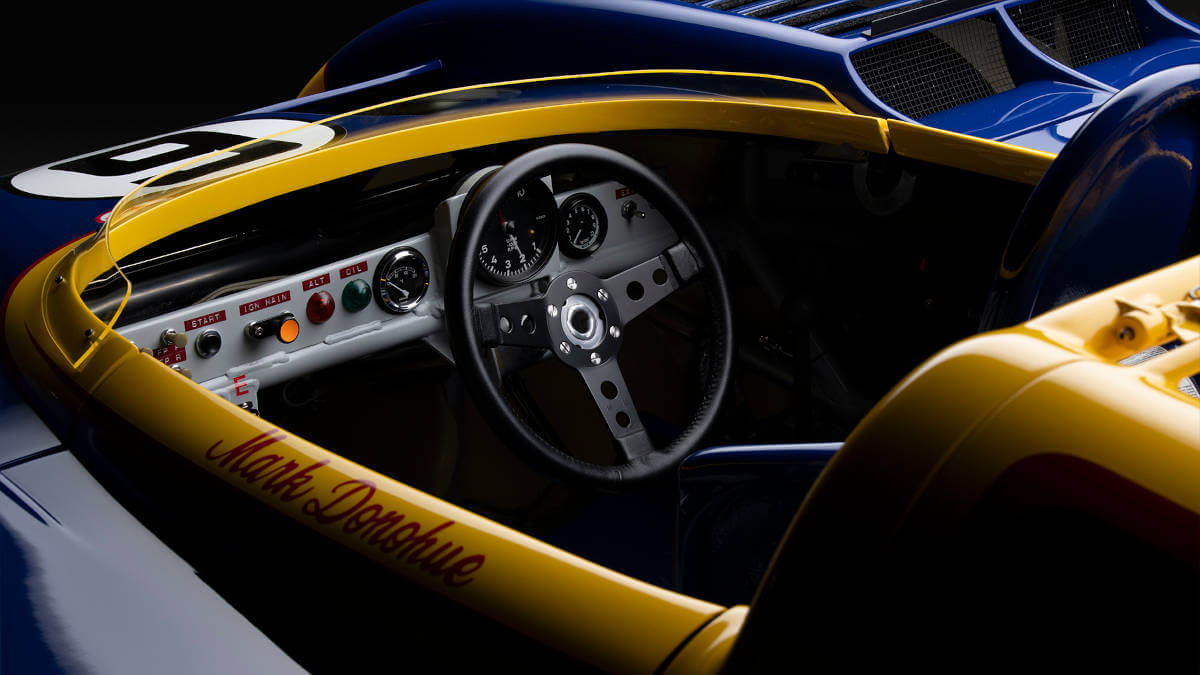



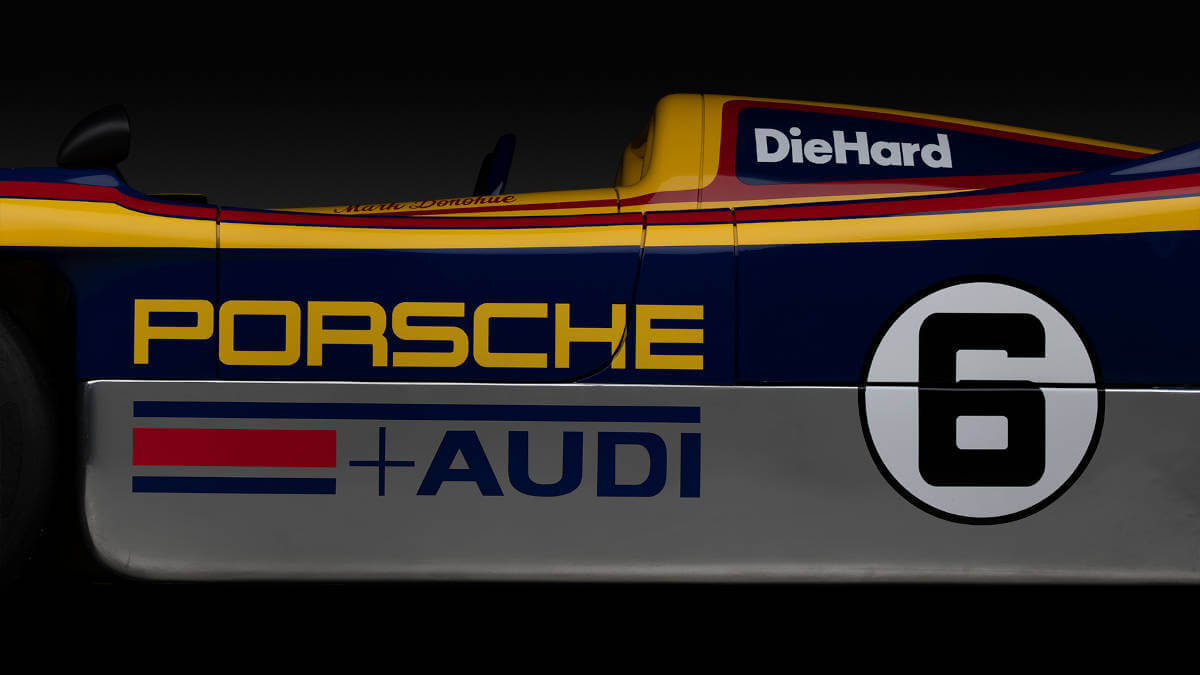



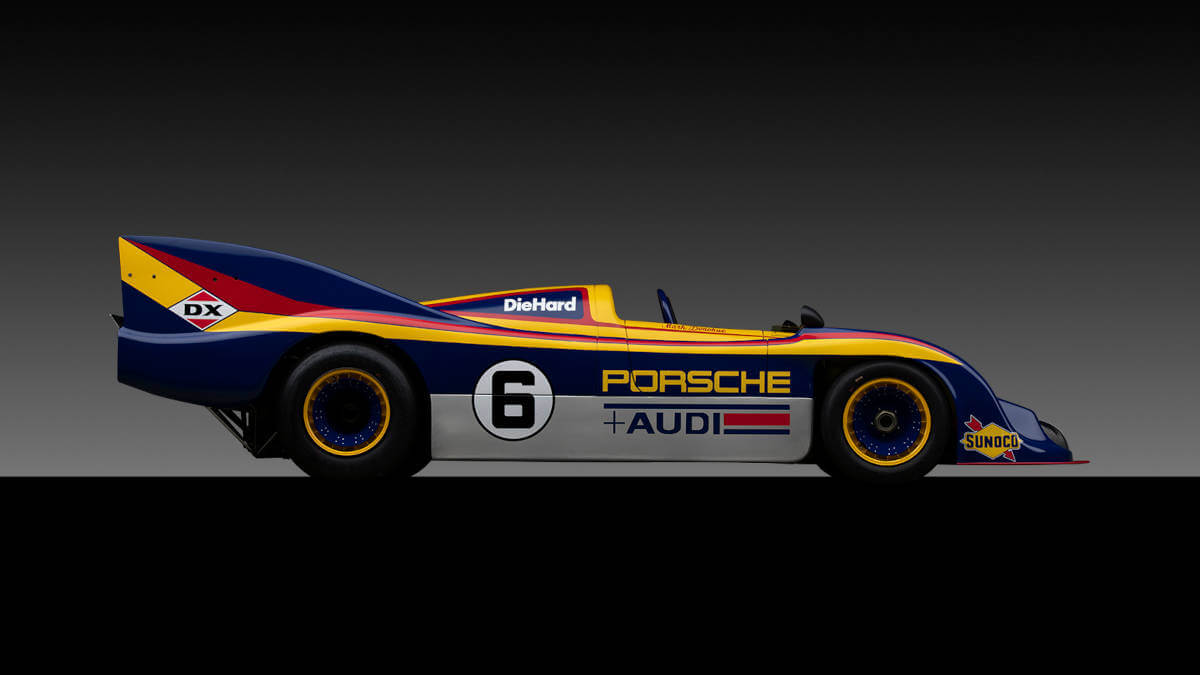



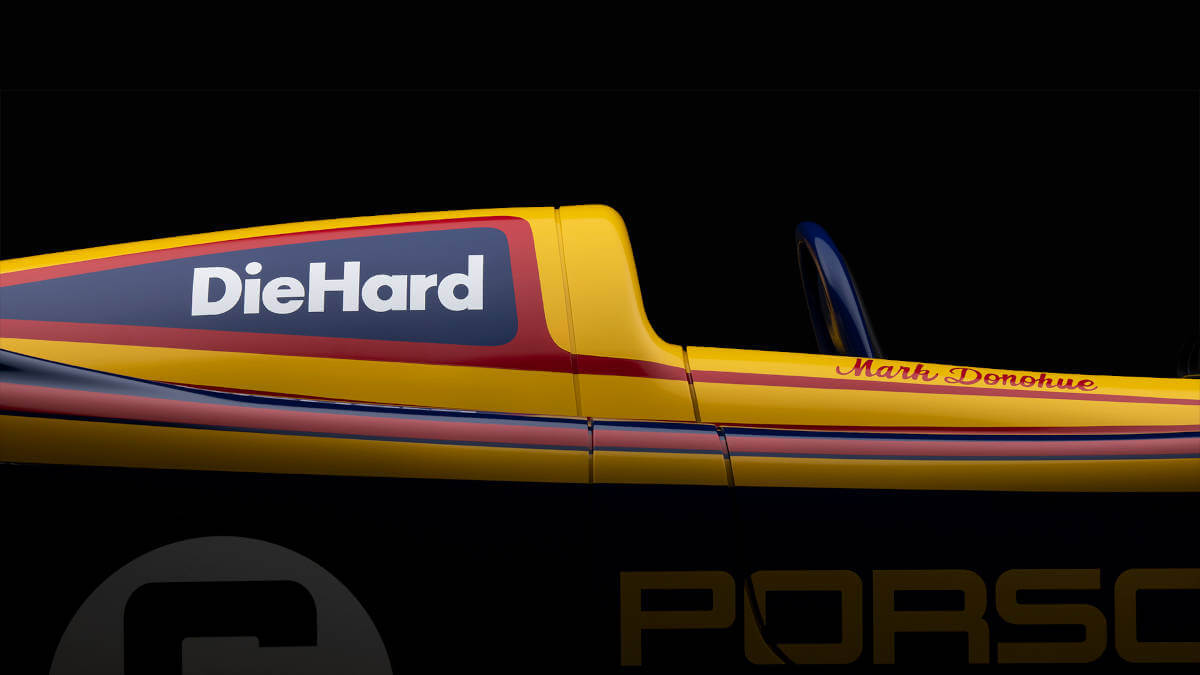



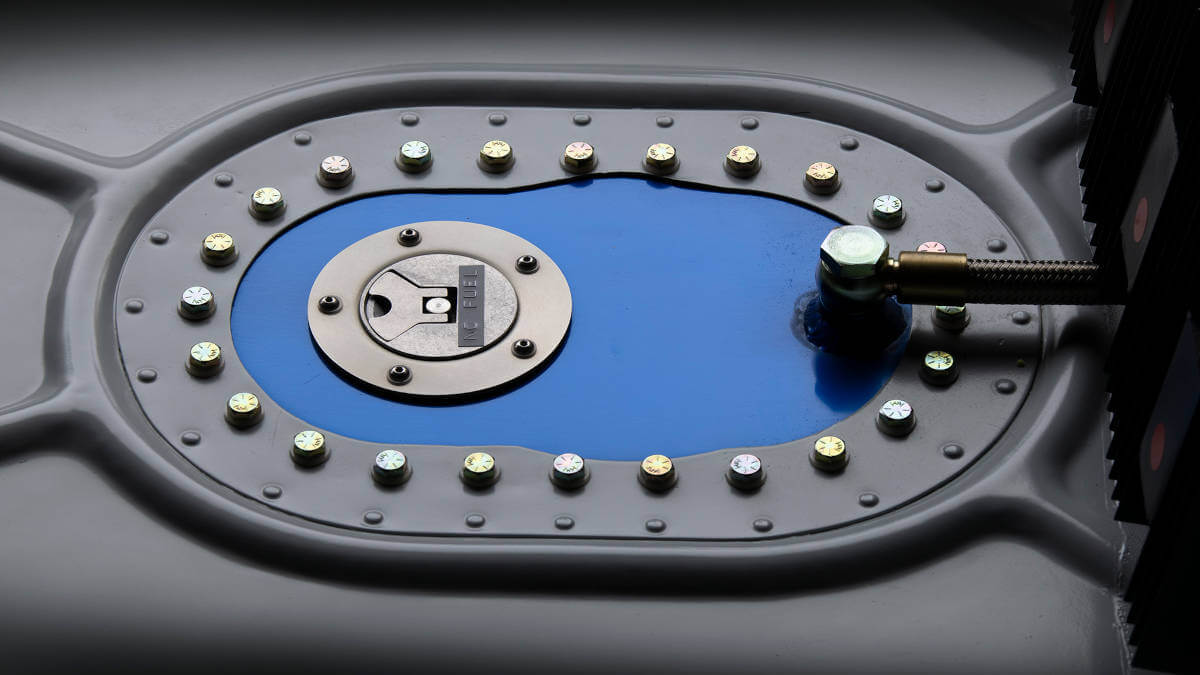



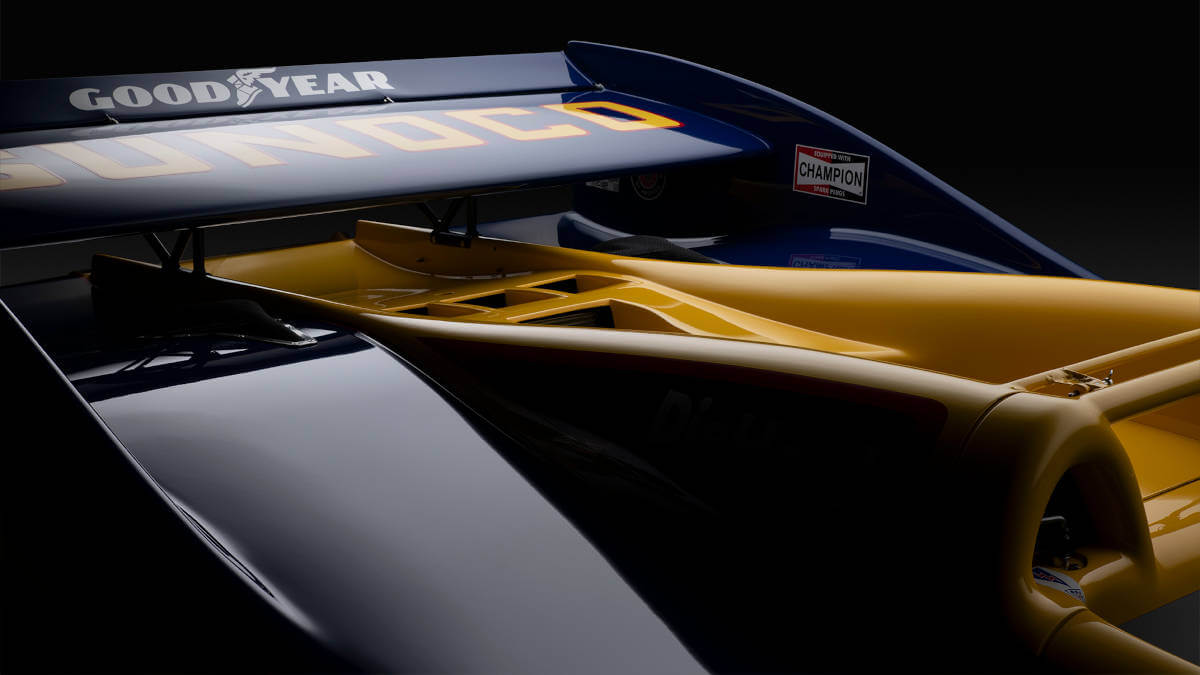



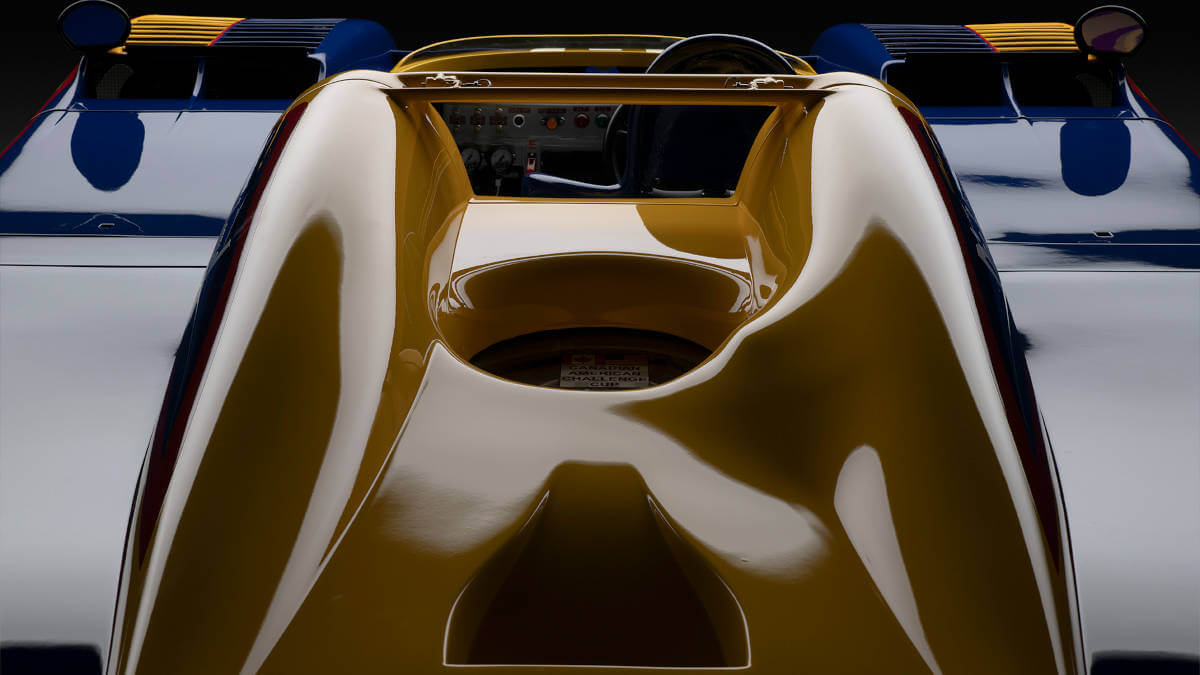



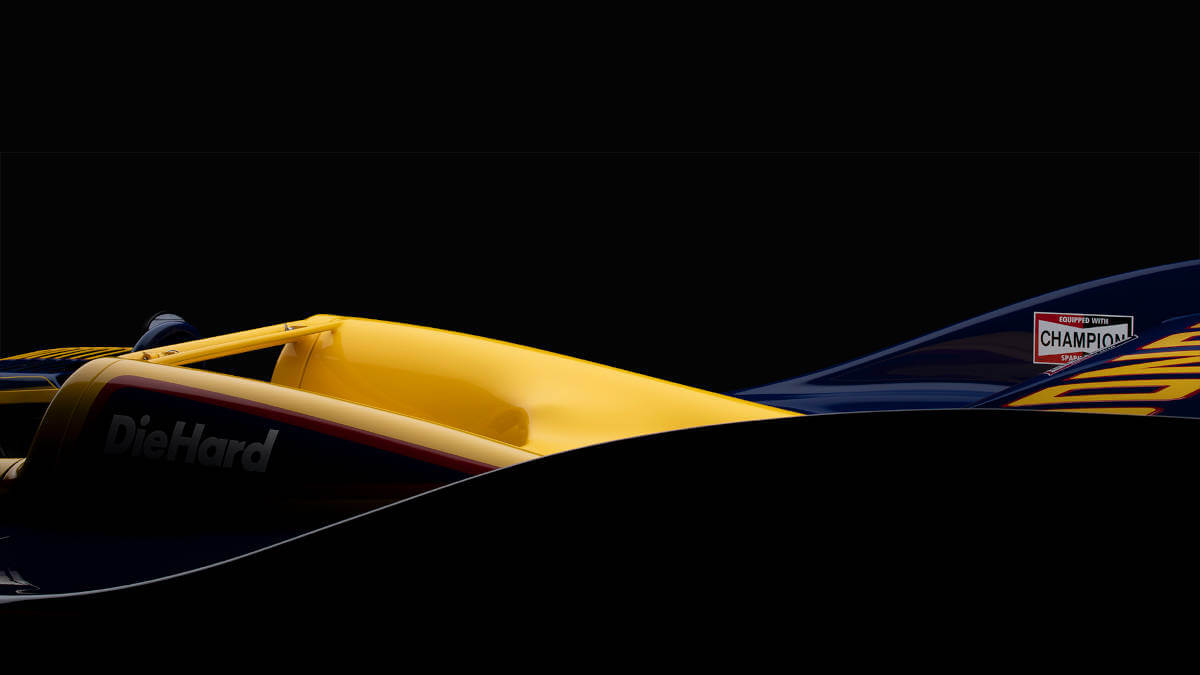



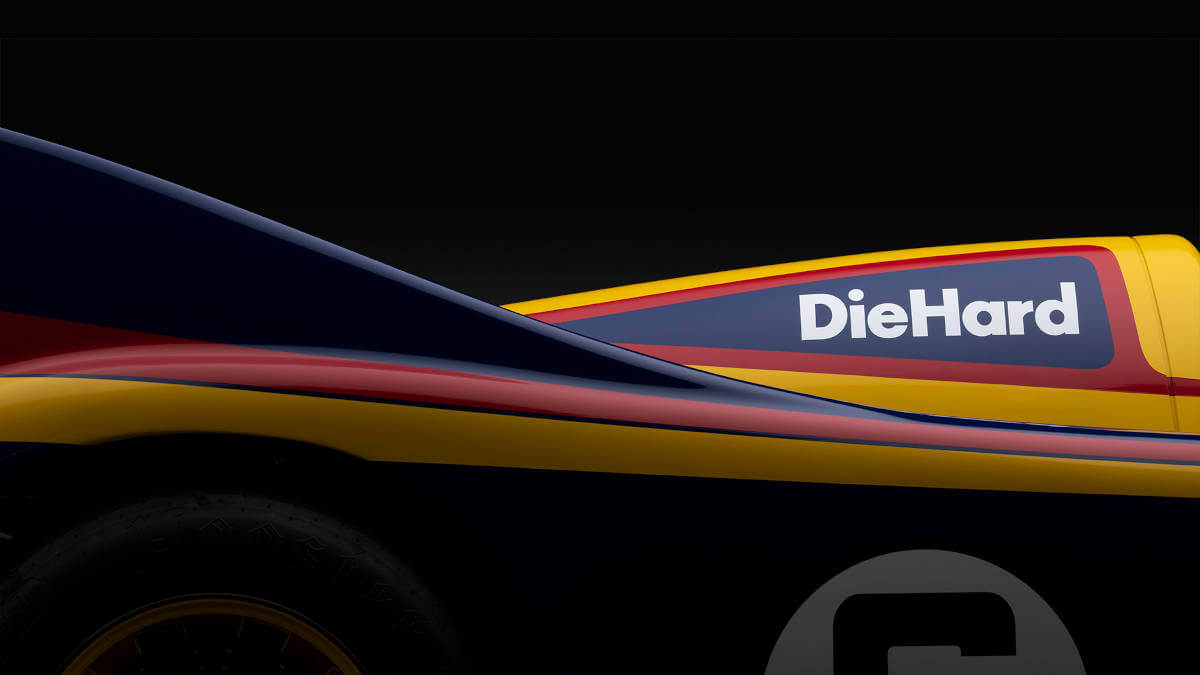



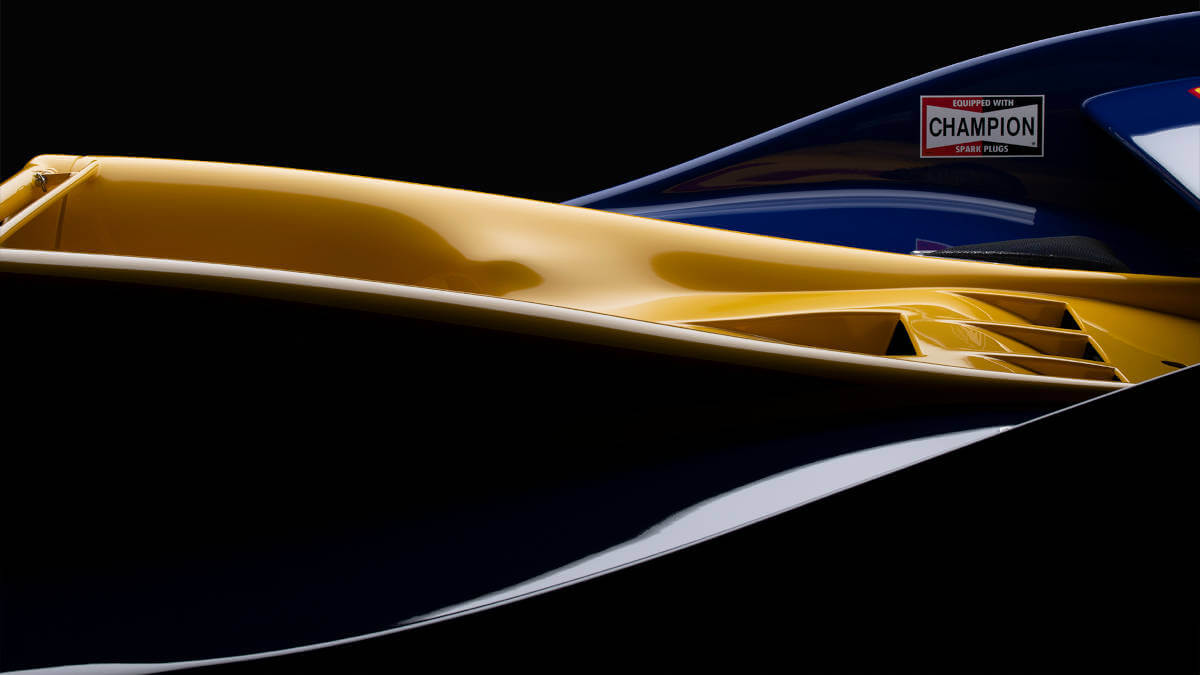



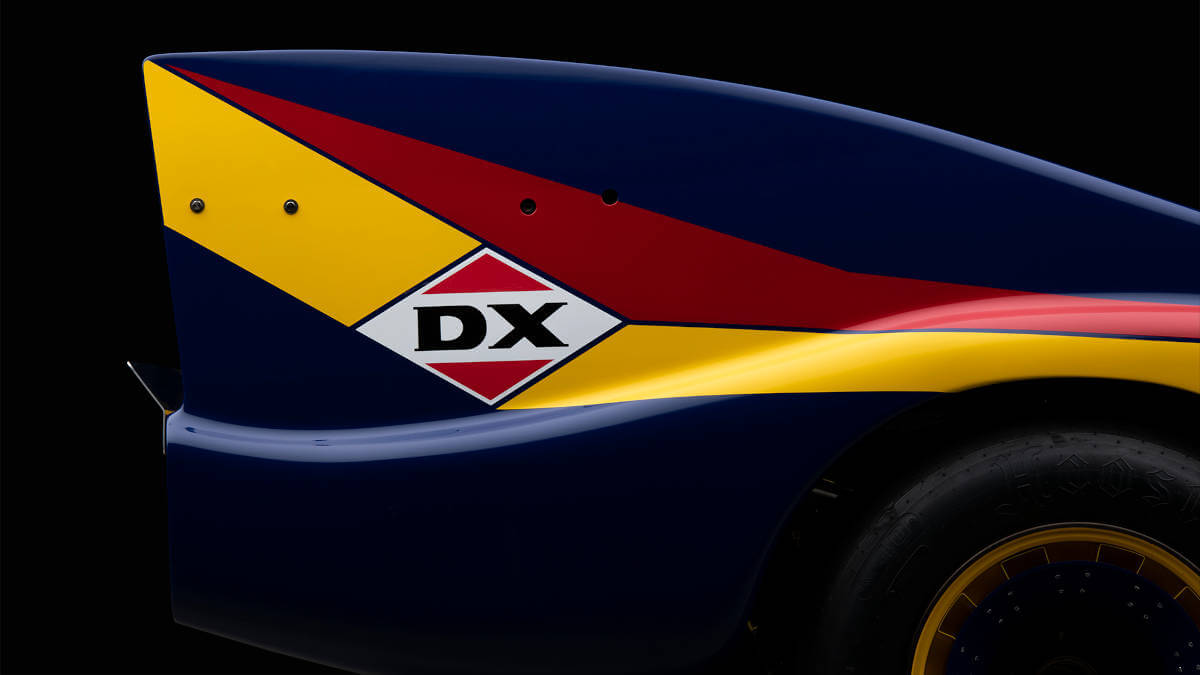



Porsche 917/30 – Details – by Matthias Kierse
There is hardly another racing sports car from Porsche that is more famous than the 917. This is due to various superlatives. No other manufacturer had previously dared to assemble the 25 examples required by the regulations for FIA acceptance. Porsche did so, even though rumors persist to this day that not all of them were race-ready. After the teething troubles of the 1969 season were defeated by improved aerodynamics and further fine-tuning, the 917 became the most successful race car of its era.
With the closed coupé body, Porsche won the 24 Hours of Le Mans and other endurance races in 1970 and 1971. An open-top Spyder variant was also developed and competed in the Interseries from 1970.
Hans Mezger developed a twelve-cylinder engine with a 180-degree bank angle. Initially, this produced around 520 hp from a displacement of 4.5 liters. This figure rose to around 560 hp later. New regulations for racing sports cars came into force in 1972, stipulating a smaller displacement in Le Mans and other races of the Sports Car Championship. At the same time it remained possible to enter the open-top 917 Spyder in the Interseries and Can-Am. However, Porsche engineers quickly realized that more power would be needed there in the battle against the large-capacity US V8 engines. A new 16-cylinder engine was therefore developed, but it also failed to achieve the desired performance figures.
Together with Valentin Schäffer, Mezger therefore embarked on the project of turbocharging the V12 engine. Two large turbochargers from Eberspächer finally helped the engineers to achieve performance data that they hadn’t thought possible. The first 917/10 with the turbocharged engine was raced in the 1972 Can-Am season. The established competition mostly only saw the large rear wing of this race car disappearing in the distance. The following year saw the debut of the further developed 917/30 with a longer wheelbase, wider track and even more power. From a displacement of 5.4 liters, 1,100 hp was generated in the races and up to 1,500 hp in practice. The unladen weight was just 845 kg.
Would you like to feel like the driver of the time, Mark Donohue, for a brief moment? Then pick up a stopwatch and clock the following times. 2.4 seconds, 5.6 seconds and 11.3 seconds. In those times, the 917/30 hit 100 kph (62 mph), 200 kph (124 mph) and 300 kph (186 mph). It’s no wonder Donohue and Porsche were Can-Am champions once again.
In 1974, Can-Am organizers changed the rules for fuel economy. As a result, the 917/30 was no longer competitive. Next to this, various major sponsors withdrew from motorsport due to the oil crisis. Porsche ended the season after only one race. In the following year, a 917/30 was entered once again together with the Penske team. However, they didn’t race it, but made record-breaking runs at Talladega Superspeedway. Mark Donohue achieved an average lap speed of 375.918 kph (233.585 mph) and a topspeed of 413.6 kph (256.9 mph). Both records still stand today.
Authors: Matthias Kierse, Bill Pack
Images: © by Bill Pack



